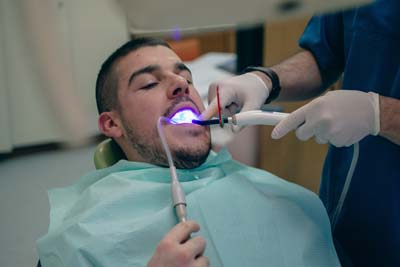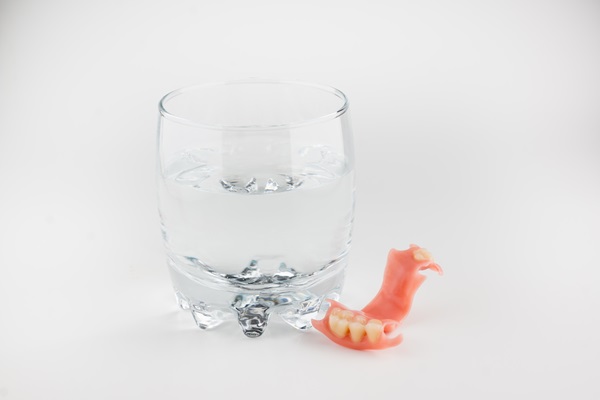What’s Involved in the Dental Bonding Procedure?

Dental bonding is a common dental procedure that repairs damaged teeth (chips, cracks, etc.), fills in gaps between teeth and lengthens teeth that are worn down or naturally too short. Understanding the process that dentists use with dental bonding should help you decide if treatment is right for you.
A step-by-step guide of the dental bonding procedure
Although each dentist will have their own process and treat patients in a unique way depending on their preferences and needs, there is a tentative process that most follow. This process includes reviewing the patient’s symptoms and dental care history, applying the composite resin material, hardening the composite resin and cleaning and polishing the tooth for a beautiful finish.
Discuss with the dentist
The first thing that the dentist may do is discuss the patient’s treatment goals, which should give them a good idea if dental bonding is a viable option. They may also conduct an oral examination and order dental X-rays to get a clearer idea of the patient’s oral health and what issues are present. The dental staff is also likely to review the patient’s oral history and ensure that the patient does not have any relevant allergies that may affect the effectiveness and safety of the procedure.
Apply the composite resin material
Often, the procedure itself can take place the same day as the initial consultation, although some patients and dentists may prefer a follow-up visit. The procedure begins with cleaning the tooth that is receiving the composite resin, followed by the application of the composite resin onto the tooth. The dentist can shape the material until the ideal size and shape of the tooth is achieved.
Harden the composite resin with a dental light
Once the composite resin material is applied and molded into the proper position to allow for even appearance of the tooth, the dentist bonds the composite resin into place with a special dental light. This hardens the composite resin during the dental bonding procedure, allowing for a durable and secure hold.
Clean and polish the tooth
Once the composite resin material has hardened, the dentist can clean and polish the tooth. This ensures that the tooth is smooth and indistinguishable from the natural part of the tooth and the surrounding teeth.
Aftercare tips and the recovery process
The procedure is pain-free and there is no recovery process necessary. However, the patient may need to adjust to the tooth because it is now a different size and shape. They should keep the mouth clean and consider eating soft foods for the first day or two after the dental bonding procedure.
Learn more about dental bonding during a consultation
In addition to many other forms of restorative dentistry, our dental practice offers dental bonding for patients who are interested in improving their smiles and protecting their natural teeth. Give us a call or send us a message today if you would like to begin the treatment process.
Request an appointment here: https://www.schommerdental.com or call Schommer Dental at (563) 272-2331 for an appointment in our Davenport office.
Check out what others are saying about our dental services on Yelp: Dental Bonding in Davenport, IA.
Recent Posts
Dental bonding has long been a common method of tooth restoration. Your dentist has the knowledge and training to successfully perform this procedure. The dentist will also know when it is appropriate to use bonding to repair a tooth or other oral health or cosmetic issue. There are certain situations where this makes more sense…
Dental bonding is a good option if you have one or more teeth that are chipped or discolored. You can solve the issue easily by having dental bonding done. It is a simple treatment, and it is often used for several other dental issues as well. Keep reading to find out more about the benefits…
Dental bonding is an affordable and cost-effective dental restoration procedure for people who have structurally damaged teeth. The procedure is popular among adults because it is relatively painless and can be finished in one or two dental appointments. Therefore, dental bonding is non-invasive and can be used for both children and adults. Dental bonding options…
Dental bonding might be all you need if you have a discolored, chipped or cracked teeth. The procedure is popular in cosmetic dentistry, and it can enhance the way your smile looks. Your smile is one of the most noticeable parts of your physical appearance, so you want your teeth always looking their best.Dental bonding…


